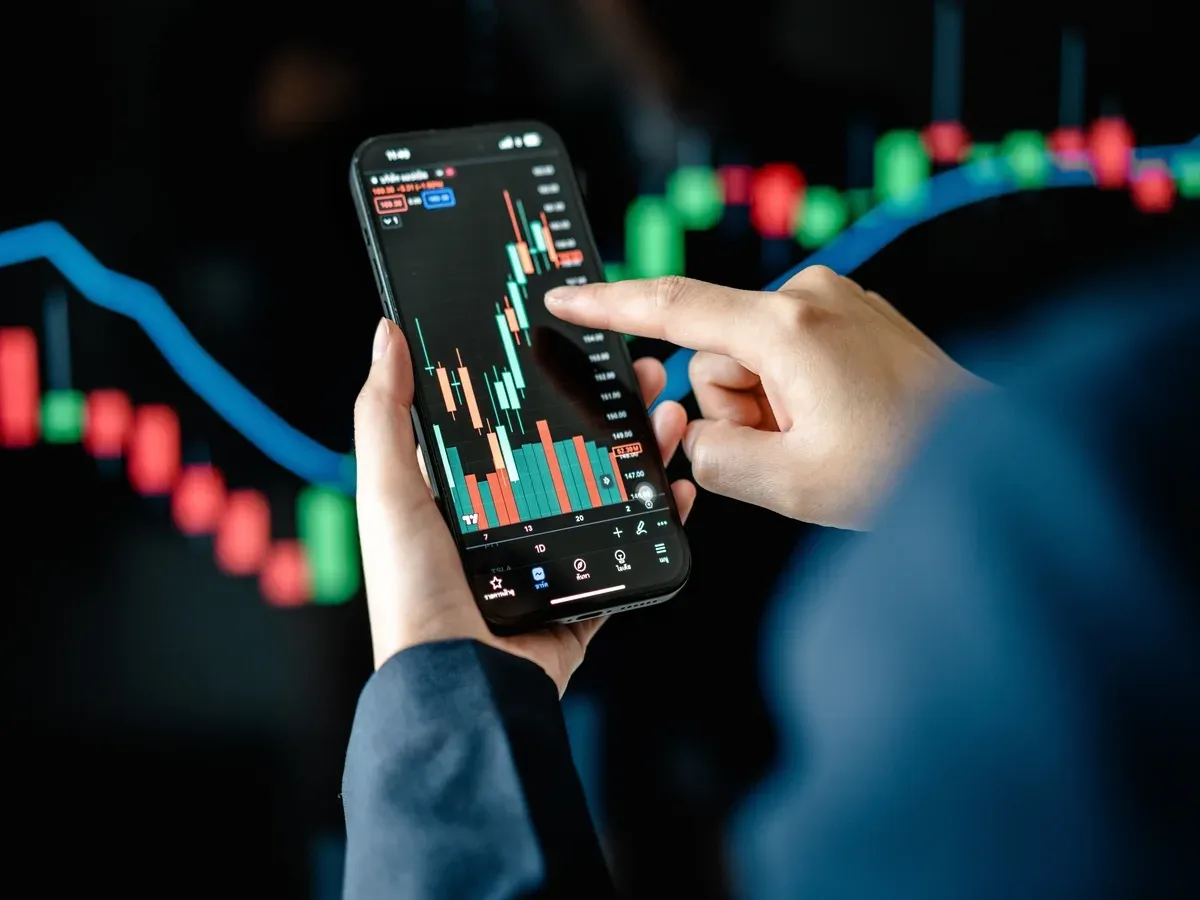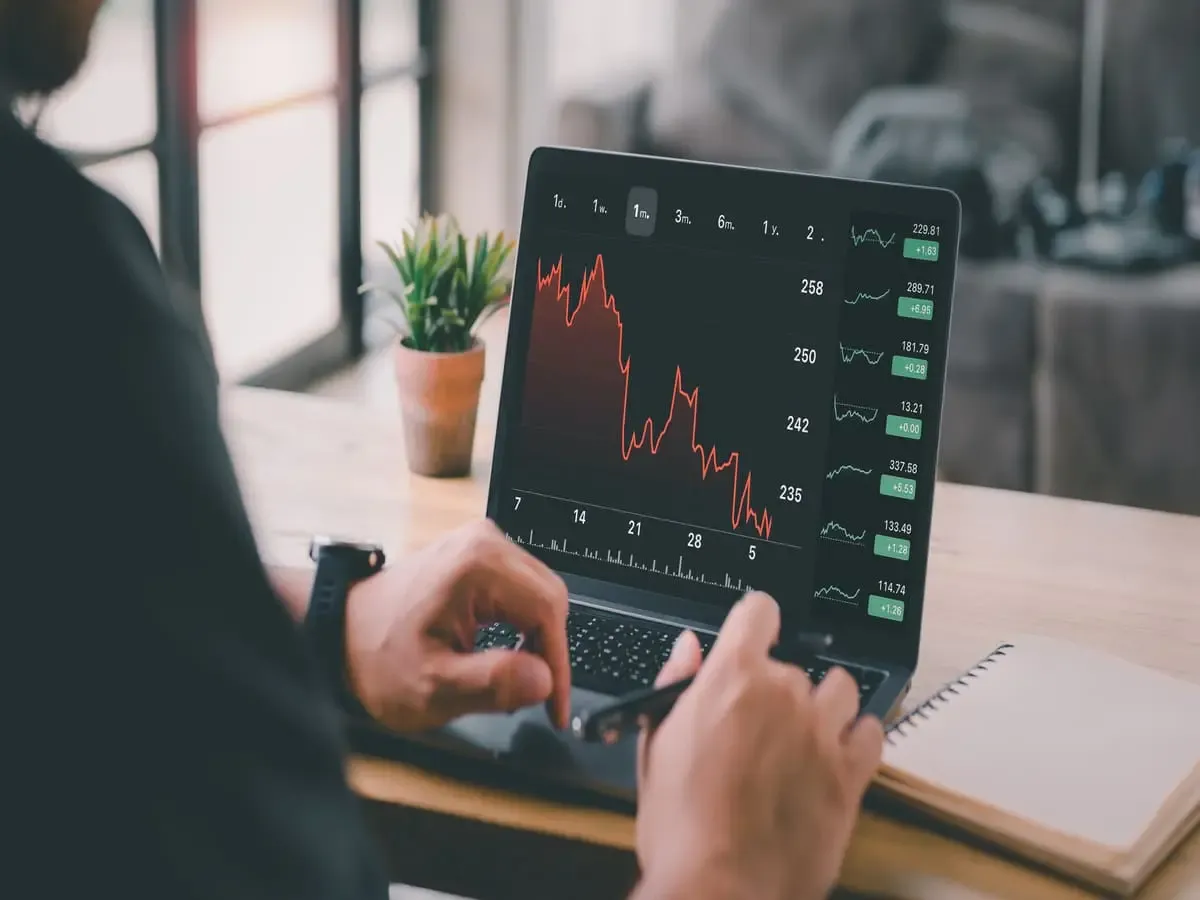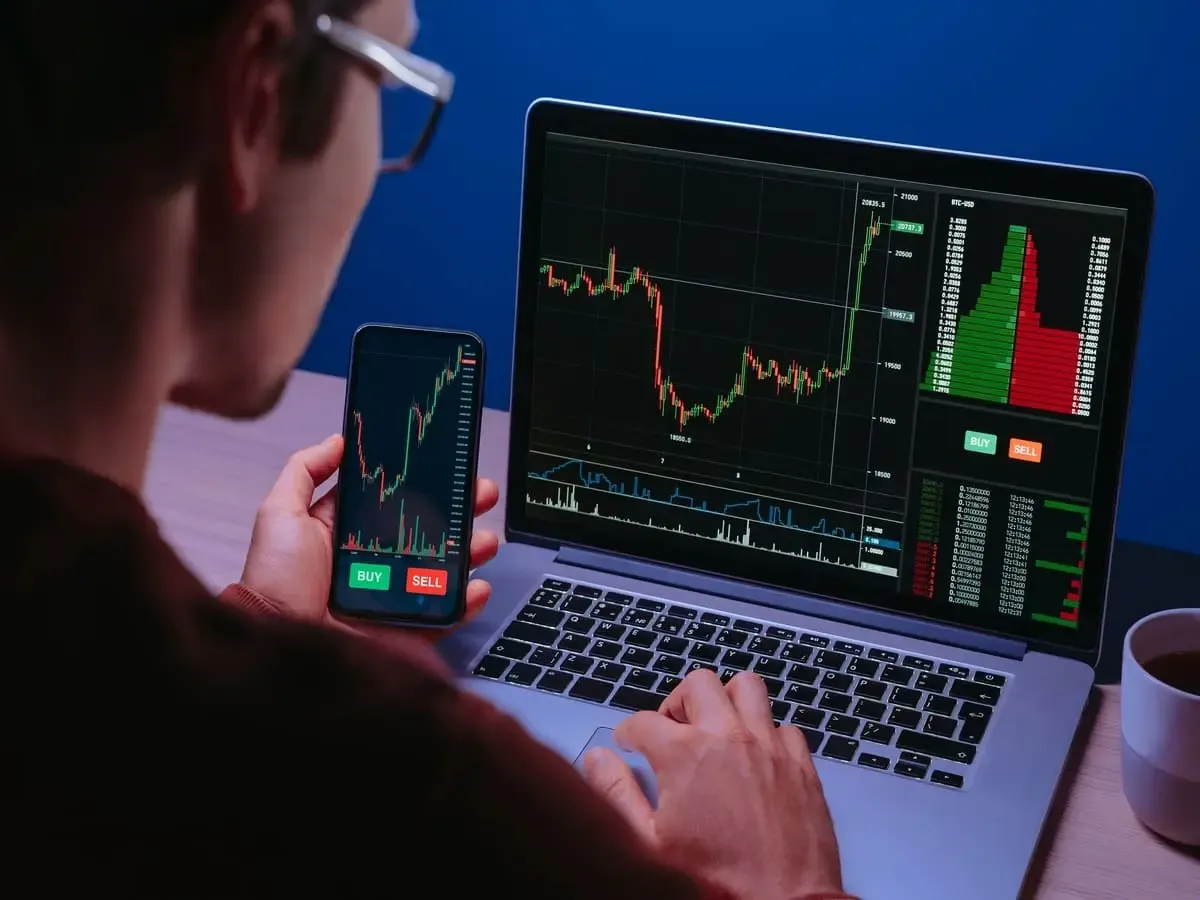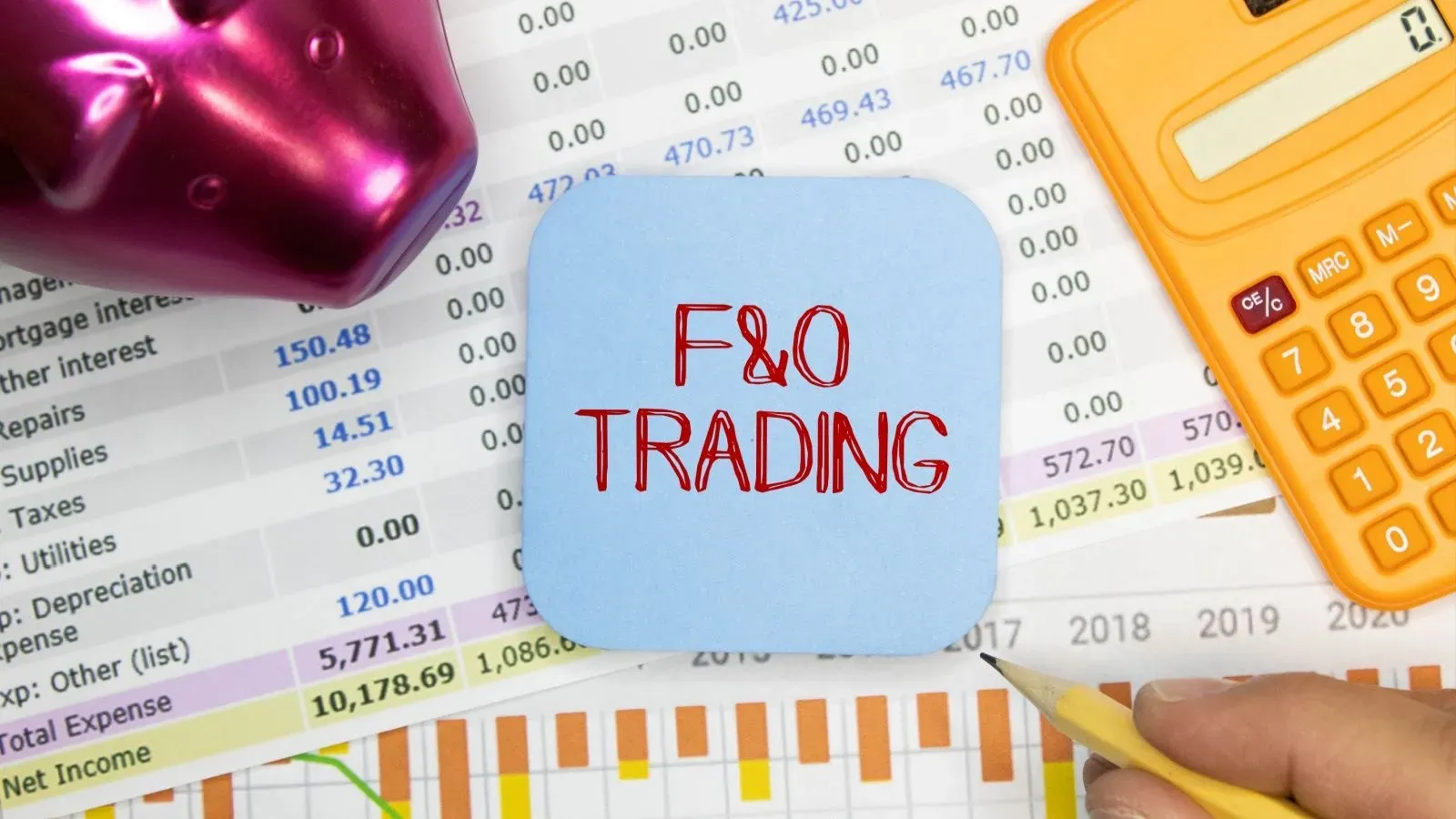Best Ways To Calculate Commodity Price Risks: Understanding The Main Risks Involved
Written by Upstox Desk
Published on July 31, 2025 | 5 min read

Summary:
In an interconnected global economy, staying informed and having a well-defined risk mitigation strategy is essential. Extremely volatile price movements are the biggest threat to commodity trading. Not only can it result in hefty financial losses but can also fracture a business. Investing in tools and technologies capable of protecting against commodity price risks involved in trading can be pivotal in a company’s growth.
In today’s volatile markets, prices are constantly fluctuating, compelling traders to study commodity trading in depth. Commodity price risk, or the potential fluctuations in the prices of primary goods, is a key factor. Frequent and unexpected changes in commodity prices present a big challenge for companies as it becomes more difficult for them to predict revenue, profit, and expenses accurately. For instance, an unexpected drop or surge in coffee prices can severely affect a coffee shop’s profit margins.
A variety of factors can cause price fluctuations and as we see a stark rise in armed conflicts and political tensions, it has become all the more important to understand commodity price risks. In this blog, we will understand the main risks and explore the different ways of calculation.
Definition of commodity price risk
In simple terms, commodity price risk is the uncertainty associated with the future prices of commodities. Businesses and investors often face this risk when they buy, sell, or use commodities in their operations or investment portfolios. Different factors contribute to this risk such as supply-demand imbalances, geopolitical events, weather conditions, and economic factors. When commodity prices fluctuate, it can impact the profitability and financial stability of businesses and the returns on investments.
Calculating commodity price risk
To calculate commodity price risk accurately, you need to have a thorough understanding of the different approaches, methods, and tools.
Different approaches - It is essential that you know how to calculate commodity price risks to effectively manage it. There are various methods for calculating commodity price risk, but we will delve into the two most common approaches:
-
- Value at Risk (VaR) - VaR is a statistical method used to anticipate the potential losses from commodity price movements over a specified time period. The VaR calculation uses historical price data and volatility to provide an estimate of the maximum potential loss.
- Sensitivity Analysis - This helps companies understand how the changes in commodity prices will affect their profitability. It involves the analysis of key financial metrics such as revenue, cost of goods sold, and profit margins.
Managing commodity price risk
Businesses today can leverage technology to predict and manage various commodity price risks. The table below includes the main trading methodologies and technologies that can help manage the said risks.
| Methods | Tools |
| Futures Contracts - Futures protect against adverse price movements. However, they can also limit the benefits of favourable price changes, so it is important that you weigh the pros and cons. | Big Data Analytics – You can analyse large and varied datasets, historical prices, supply chain data, and weather patterns to forecast price trends. Predictive analytics can help determine market movements. |
| Options – They offer more flexibility than futures. The two main types of options are ‘call options’ and ‘put options’ which can be combined in different ways to hedge or speculate. | Blockchain – It ensures transactional transparency and helps verify the authenticity of commodities across industries like pharmaceuticals or food where provenance and traceability are crucial. |
| Swaps – It is an agreement between two parties to either buy or sell commodities. Due to the complexity and credit risks associated with swaps, they are typically used by more sophisticated and experienced market participants. | AI – It can automate the risk management process and perform commodity purchases. Meanwhile, machine learning algorithms can adapt to new data, improving their forecasting accuracy over time. |
| Hedging - It involves a mix of futures, options, and swaps. In hedging, scenario planning is key to determining the optimal mix of these instruments based on their risk tolerance, market outlook, and cash flow requirements. | ERP Systems - Modern ERP systems use real-time data from different departments to offer a holistic view of commodity risks and enable more accurate responses to market changes. |
Main risks associated with commodity prices
- Price volatility – Unexpected fluctuations in commodity prices as a result of geopolitical wars, trade conflicts, and natural calamities can significantly hamper a company’s ability to manage costs and price products.
- Supply and demand imbalances – Drastic shifts in supply and demand for commodities can trigger substantial price swings. For example, a surge in demand for oil can drive up prices, whereas a sudden rise in supply can lead to price drops.
- Currency risk - Commodity prices are often denominated in U.S. dollars. Therefore, you need to stay updated on any changes in exchange rates as they can affect the cost of commodities for international businesses. Currency risk adds another layer of complexity to commodity price risk management.
Commodity price risk summed up:
Commodity price risk is a multifaceted challenge that needs to be carefully assessed and managed by both businesses and investors. Understanding the basics of commodity price risk and calculating different methods like VaR and sensitivity analysis can be very useful in dealing with volatility and unpredictability associated with price movement. As an investor, it is critical that you are fully aware of the main risks involved to make well-informed accurate decisions.
About Author
Upstox Desk
Upstox Desk
Team of expert writers dedicated to providing insightful and comprehensive coverage on stock markets, economic trends, commodities, business developments, and personal finance. With a passion for delivering valuable information, the team strives to keep readers informed about the latest trends and developments in the financial world.
Read more from UpstoxUpstox is a leading Indian financial services company that offers online trading and investment services in stocks, commodities, currencies, mutual funds, and more. Founded in 2009 and headquartered in Mumbai, Upstox is backed by prominent investors including Ratan Tata, Tiger Global, and Kalaari Capital. It operates under RKSV Securities and is registered with SEBI, NSE, BSE, and other regulatory bodies, ensuring secure and compliant trading experiences.





















